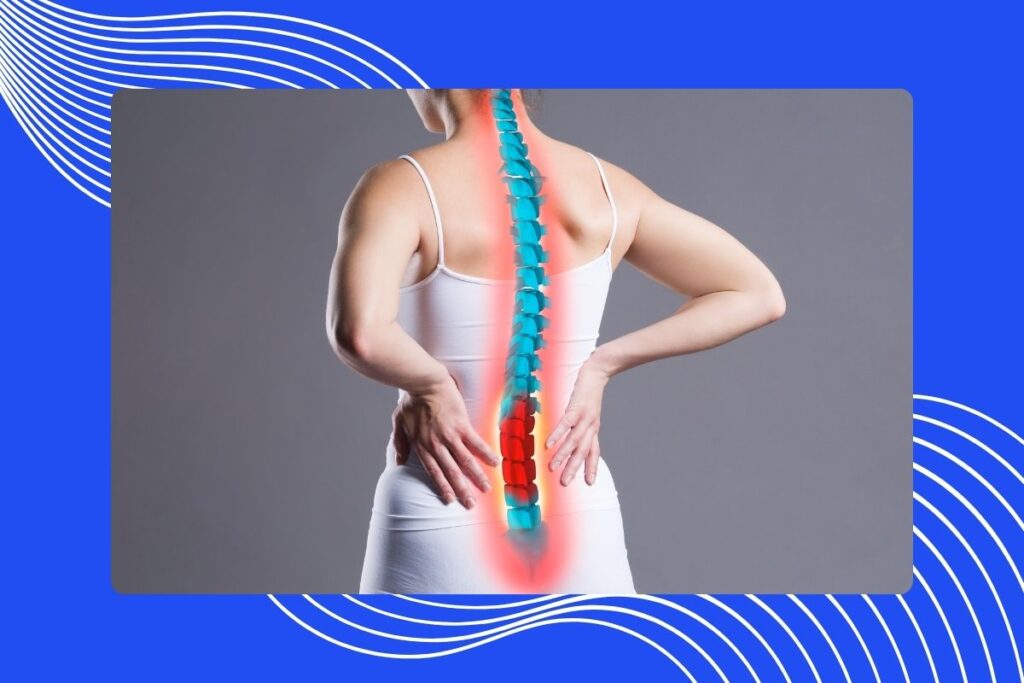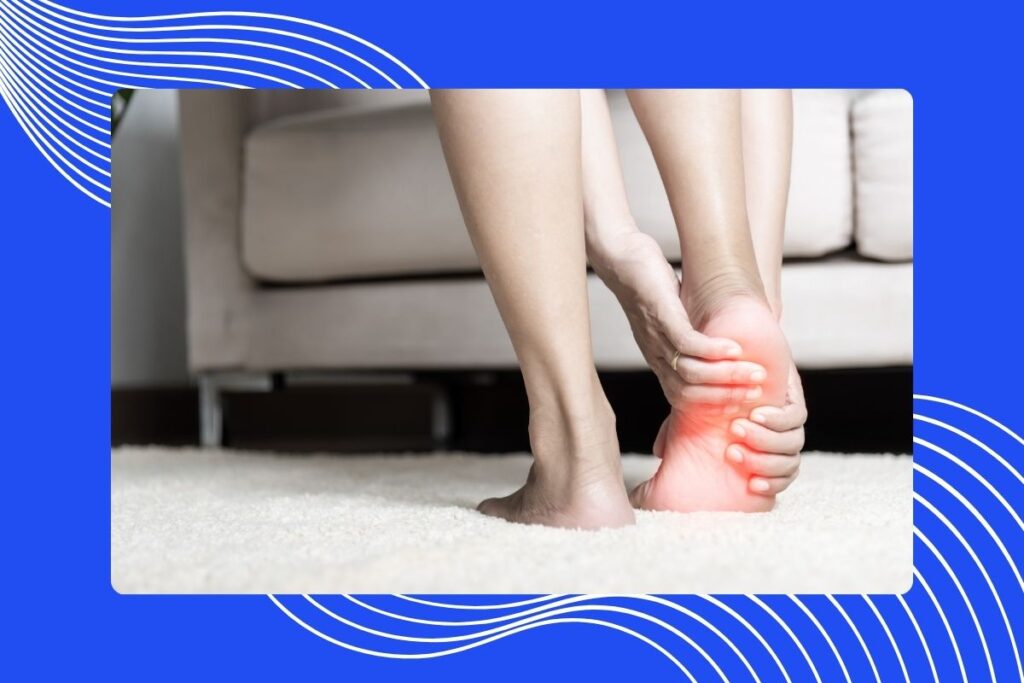Lumbar spinal stenosis is a common condition that affects the lower back. It occurs when the spinal canal narrows, putting pressure on the spinal cord and nerves. This condition can lead to significant discomfort, including pain, numbness, and weakness in the legs. Lumbar spinal stenosis can greatly impact one’s quality of life, making daily activities challenging.
Importance of Pain Management
Pain management doctors play a crucial role in helping patients manage and alleviate the symptoms of lumbar spinal stenosis. Their primary goal is to improve the patient’s quality of life by reducing pain and enhancing mobility through various non-surgical treatments. Understanding the available pain management approaches can empower patients to make informed decisions about their health.
Understanding Lumbar Spinal Stenosis
Anatomy of the Lumbar Spine
The lumbar spine, located in the lower back, consists of five vertebrae labeled L1 to L5. These vertebrae are separated by intervertebral discs that act as cushions, absorbing shock and allowing flexibility. Spinal nerves pass through openings in the vertebrae, transmitting signals between the brain and lower body. In lumbar spinal stenosis, the spinal canal narrows, compressing these nerves and causing pain and other symptoms.
Causes and Risk Factors
Lumbar spinal stenosis can result from several factors:
- Aging: Natural wear and tear on the spine over time.
- Arthritis: Osteoarthritis and rheumatoid arthritis can lead to the development of bone spurs and inflammation.
- Spinal Injuries: Accidents or injuries can damage the spine, leading to stenosis.
- Genetics: A family history of spinal problems can increase the risk.
- Lifestyle: Poor posture, lack of exercise, and obesity can contribute to spinal issues.
Symptoms
The symptoms of lumbar spinal stenosis vary but commonly include:
- Lower back pain
- Numbness or tingling in the legs or feet
- Weakness in the legs
- Difficulty walking or standing for long periods
- Pain that worsens with activity and improves with rest
These symptoms can significantly interfere with daily activities, making it essential to seek appropriate treatment.
Diagnosing Lumbar Spinal Stenosis
Initial Consultation
During the initial consultation, the doctor will conduct a thorough evaluation to understand the patient’s symptoms and medical history. This includes:
- Discussing the patient’s pain levels and any related symptoms
- Reviewing the patient’s medical history and any previous treatments
- Performing a physical examination to assess mobility and identify areas of pain
Diagnostic Tests
To confirm a diagnosis of lumbar spinal stenosis and determine the severity, the doctor may recommend several diagnostic tests:
- Imaging Studies: X-rays, MRI, and CT scans provide detailed images of the spine, revealing any structural abnormalities and the extent of nerve compression.
- Electromyography (EMG): This test measures the electrical activity of muscles and nerves to identify any nerve damage.
Non-Surgical Lumbar Spinal Stenosis Treatments
Physical Therapy
Physical therapy is a fundamental component of non-surgical treatment for lumbar spinal stenosis. It focuses on strengthening the muscles supporting the spine, improving flexibility, and reducing pain. Key benefits and types of exercises include:
- Core Strengthening: Strengthening the abdominal and back muscles to support the spine.
- Stretching Exercises: Improving flexibility in the lower back and legs.
- Aerobic Exercises: Low-impact activities like walking or swimming to enhance overall fitness and reduce pain.
Medications
Medications play a vital role in managing the pain and inflammation associated with lumbar spinal stenosis. Commonly used medications include:
- Over-the-Counter Pain Relievers: Acetaminophen and nonsteroidal anti-inflammatory drugs (NSAIDs) like ibuprofen can help reduce pain and inflammation.
- Prescription Medications: In more severe cases, doctors may prescribe stronger medications such as muscle relaxants or opioids for short-term pain relief.
- Anti-Inflammatory Medications: Corticosteroids or other anti-inflammatory drugs can be used to reduce inflammation and swelling around the nerves.
Epidural Steroid Injections
Epidural steroid injections are a common treatment for reducing inflammation and alleviating pain in patients with lumbar spinal stenosis. This procedure involves:
- Procedure Overview: A corticosteroid medication is injected directly into the epidural space around the spinal cord.
- How They Work: The steroid reduces inflammation and swelling, relieving pressure on the nerves and decreasing pain.
- Benefits and Risks: These injections can provide significant pain relief for several months, but they are not a permanent solution. Potential risks include infection, bleeding, and nerve damage.
Patients may receive a series of injections based on their response to the treatment and the severity of their symptoms.
Lifestyle Modifications and Self-Care
Diet and Nutrition
A healthy diet can support spinal health and overall well-being. Key dietary considerations include:
- Foods that Support Spinal Health: Incorporating calcium-rich foods (like dairy products and leafy greens) and foods high in anti-inflammatory properties (like fish, nuts, and fruits).
- Supplements: Taking supplements like vitamin D and calcium to support bone health.
- Hydration: Staying well-hydrated to maintain overall health and spinal disc function.
A balanced diet can help manage weight, reduce inflammation, and support the body’s healing processes.
Exercise and Fitness
Maintaining an active lifestyle is essential for managing lumbar spinal stenosis. Regular exercise helps:
- Strengthen Muscles: Supporting the spine and improving overall stability.
- Enhance Flexibility: Reducing stiffness and improving mobility.
- Manage Weight: Reducing stress on the spine and alleviating pain.
Recommended exercises include walking, swimming, and low-impact aerobic activities like the elliptical. Patients should consult with a doctor to develop a safe and effective exercise routine.
Ergonomics and Posture
Proper ergonomics and posture are crucial for preventing further strain on the spine and managing symptoms. Tips for maintaining good posture and making ergonomic adjustments include:
- Sitting Posture: Using a chair with good lumbar support and keeping feet flat on the floor.
- Standing Posture: Keeping the shoulders back, abdomen pulled in, and weight evenly distributed on both feet.
- Workplace Adjustments: Adjusting the height of desks and chairs, using ergonomic keyboards and mouse devices, and taking regular breaks to stretch and move around.
Implementing these changes can significantly reduce pain and improve comfort during daily activities.
Key Takeaways
Managing lumbar spinal stenosis effectively requires a comprehensive approach that includes non-surgical treatments and lifestyle modifications. Each patient’s experience is unique, making individualized care essential for effective management. Consulting with a pain management doctor can provide a tailored treatment plan that addresses specific symptoms and improves quality of life. If you or a loved one is experiencing symptoms of lumbar spinal stenosis, seeking professional help is the first step towards better pain management and improved mobility.
FAQs
1. What causes lumbar spinal stenosis?
Lumbar spinal stenosis is mainly caused by age-related changes in the spine, such as osteoarthritis, herniated discs, and thickened ligaments. These factors contribute to the narrowing of the spinal canal, which compresses the spinal cord and nerves. Spinal injuries and congenital conditions, where individuals are born with a naturally narrow spinal canal, can also lead to stenosis. Lifestyle factors like poor posture and obesity may exacerbate the condition.
2. What are the symptoms of lumbar spinal stenosis?
Common symptoms include lower back pain, numbness or tingling in the legs, and leg weakness, making walking or standing for long periods difficult. Many people experience relief when bending forward or sitting down, as these positions reduce pressure on the spinal nerves. Additional symptoms may include a feeling of heaviness or fatigue in the legs. These symptoms can significantly impact daily activities and quality of life.
3. How is lumbar spinal stenosis treated without surgery?
Non-surgical treatments include physical therapy to strengthen muscles supporting the spine, improve flexibility, and reduce pain. Medications, such as over-the-counter pain relievers and prescription anti-inflammatories, help manage pain and inflammation. Epidural steroid injections can provide significant relief by reducing inflammation around the spinal nerves. Additionally, lifestyle modifications like maintaining a healthy weight, staying active, and practicing good posture are essential for managing symptoms.



